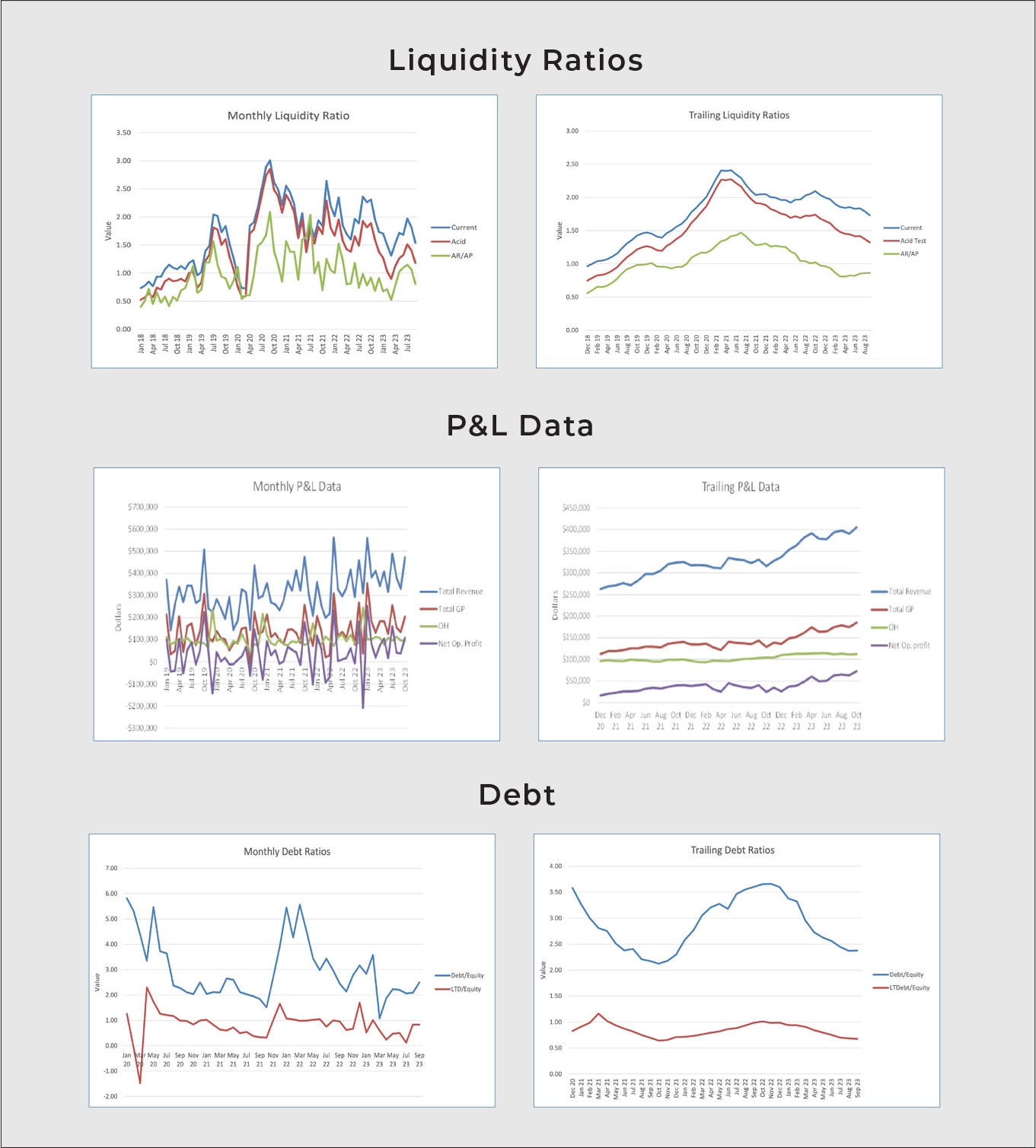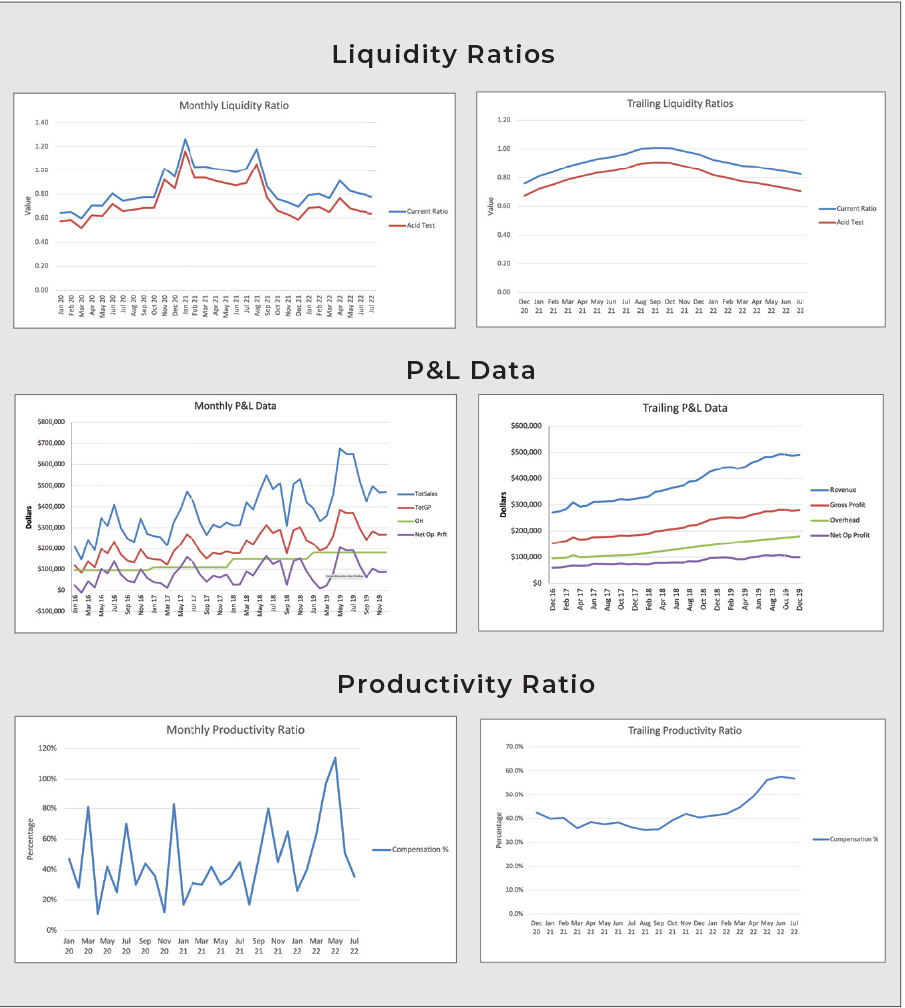Unless you have a year-end that is not Dec. 31st, it is time to budget for 2022.
Each department manager should review 2021. Questions to answer:
- Did the department meet budget?
- Is it profitable? (Is profitability acceptable or too low?)
- What happened that increased profits?
- What happened that decreased profits?
- What did they learn that is applicable to a productive, profitable 2022?
- Are they happy with their team?
If not, what are they going to do about it?
Here’s the argument:
Put a group of managers in a room discussing the next year’s budget and their department’s share of overhead. If all receive bonuses based on their department’s bottom line, this can be a difficult and sometimes loud discussion.
Why? Because each has to pay the “fair share” of overhead, and each wants to pay the LEAST amount of overhead, so they get the greatest possible bottom line.
Even if you don’t departmentalize your company’s overhead, you should review overhead and overhead cost per hour at least once a year.
You’ll know whether you need to increase your pricing because of higher overhead expenses.
Simple example:
Assume that your insurance is increasing by $10,000 next year. If your company has 5,000 billable hours, that means your overhead cost will increase by $2 per hour (assuming all other costs are staying the same).
Then, assuming your gross margin is 40%, you have to increase prices by $2/40% or $5 per hour to cover this increased cost.
What is a fair share of overhead?
People and space cause overhead.
- Space overhead includes rent, utilities, building repairs and maintenance, property insurance and property tax.
- People overhead is everything else listed in the overhead segment of the company’s profit and loss statement.
Each department calculates its fair share of overhead and its percentage of billable space, billable hours and billable dollars associated with those hours. (The template to do these calculations as well as the budgeting process are part of my Monthly Financial Review System.)
Where’s the conflict?
It occurs when the team looks at each overhead salary and each overhead expense.
For example, assume that the receptionist earns $600 a week. One department manager is responsible for $150 of that $600. He doesn’t believe that the receptionist is doing her job … for whatever reason. Therefore, he doesn’t want to pay for her.
This is where the conflicts come in. As a result, often when cutting overhead expenses, a manager is responsible for talking with the nonproductive team member and potentially having that team member go through a “career readjustment program” (i.e. firing).
Once the managers agree on the overhead, then each department gets its fair share. Managers then know the revenues they need to generate to operate a profitable department and get their bonus. They may also need to increase prices based on an increased overhead cost per hour in the coming year.
Then, as the owner, you must tell each manager the net profit per hour you want that department to earn.
Create the department budget:
The manager estimates the number of billable hours in 2022 to arrive at the total net profit. Then, he adds the overhead (overhead cost per hour times the number of estimated billable hours). This gives him the estimated gross profit.
Estimate the direct costs (labor, materials, commissions, equipment, financing charges, etc.). Add these costs to the estimated gross profit to arrive at the estimated revenues needed. That is the overall department budget for 2022.
Most companies take this budget and divide it monthly according to seasonality (the percentage of sales generated each month – there will be busier and slower months). The busier months generate more revenue and profit. The slower months generate less revenue and maybe no profit.
Finally, once you have the monthly numbers, divide them into weekly numbers. Hold each manager responsible for meeting the weekly sales numbers.
When managers are held responsible weekly and report during a weekly communications meeting, there are no surprises at the end of the month or end of the year. If the department is not meeting the budget, take steps immediately to bring the department back on budget.
I promise, no manager wants to be embarrassed in front of the other managers. Each will compete to ensure his department at least makes budget each week. If a manager is not embarrassed when the department doesn’t meet the budget for a few weeks, you have the wrong manager.
I wish you a happy holiday season. Budgeting and getting results weekly are one way to ensure you have a prosperous 2022.
Ruth King has more than 25 years of experience in the HVACR industry and has worked with contractors, distributors and manufacturers to help grow their companies and become more profitable. Contact Ruth at ruthking@hvacchannel.tv or at 770-729-0258.






